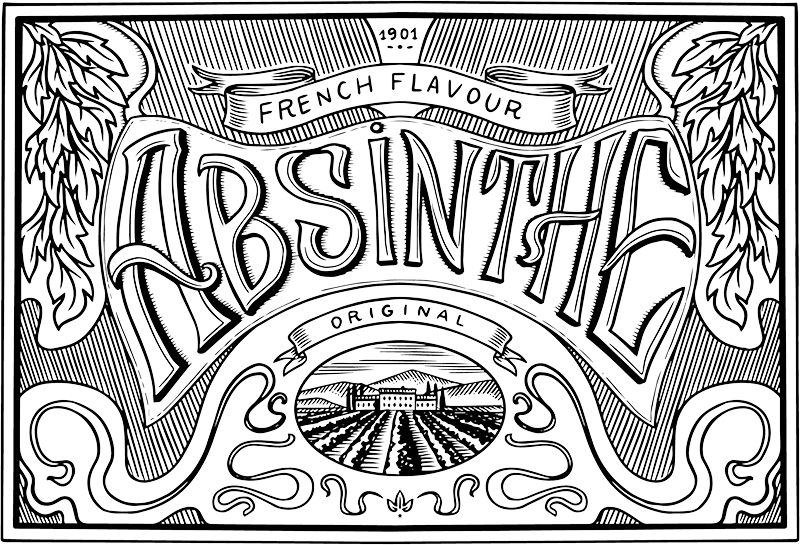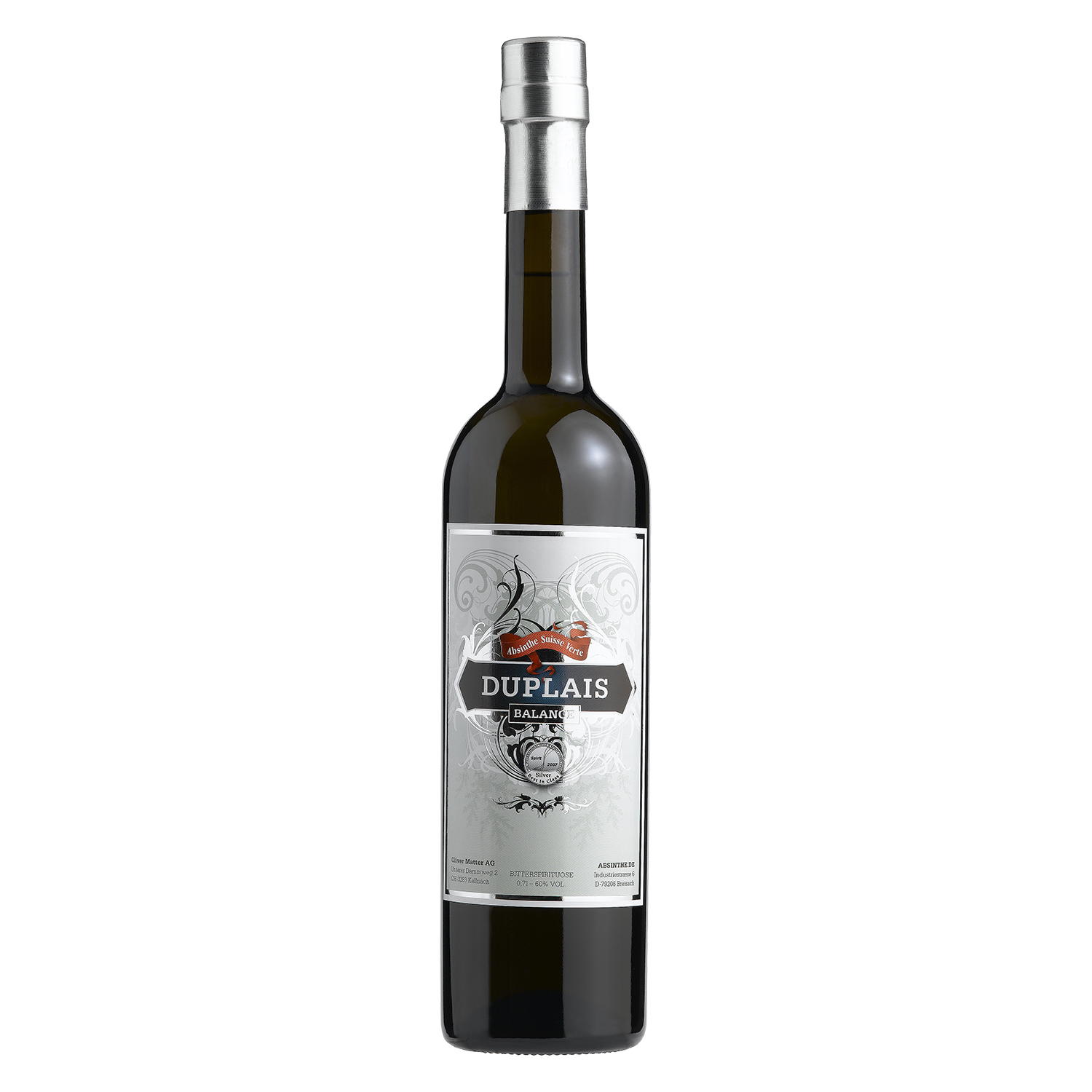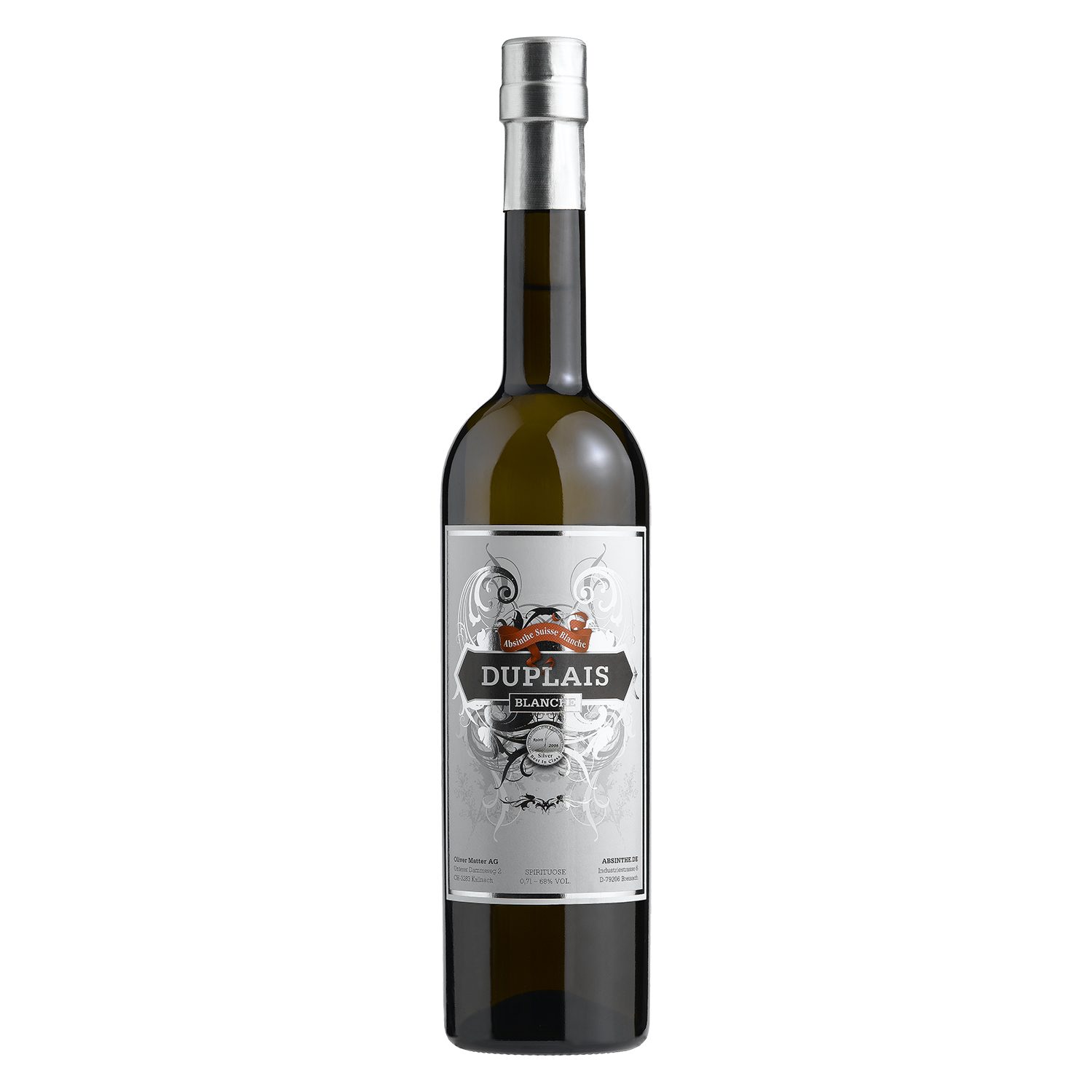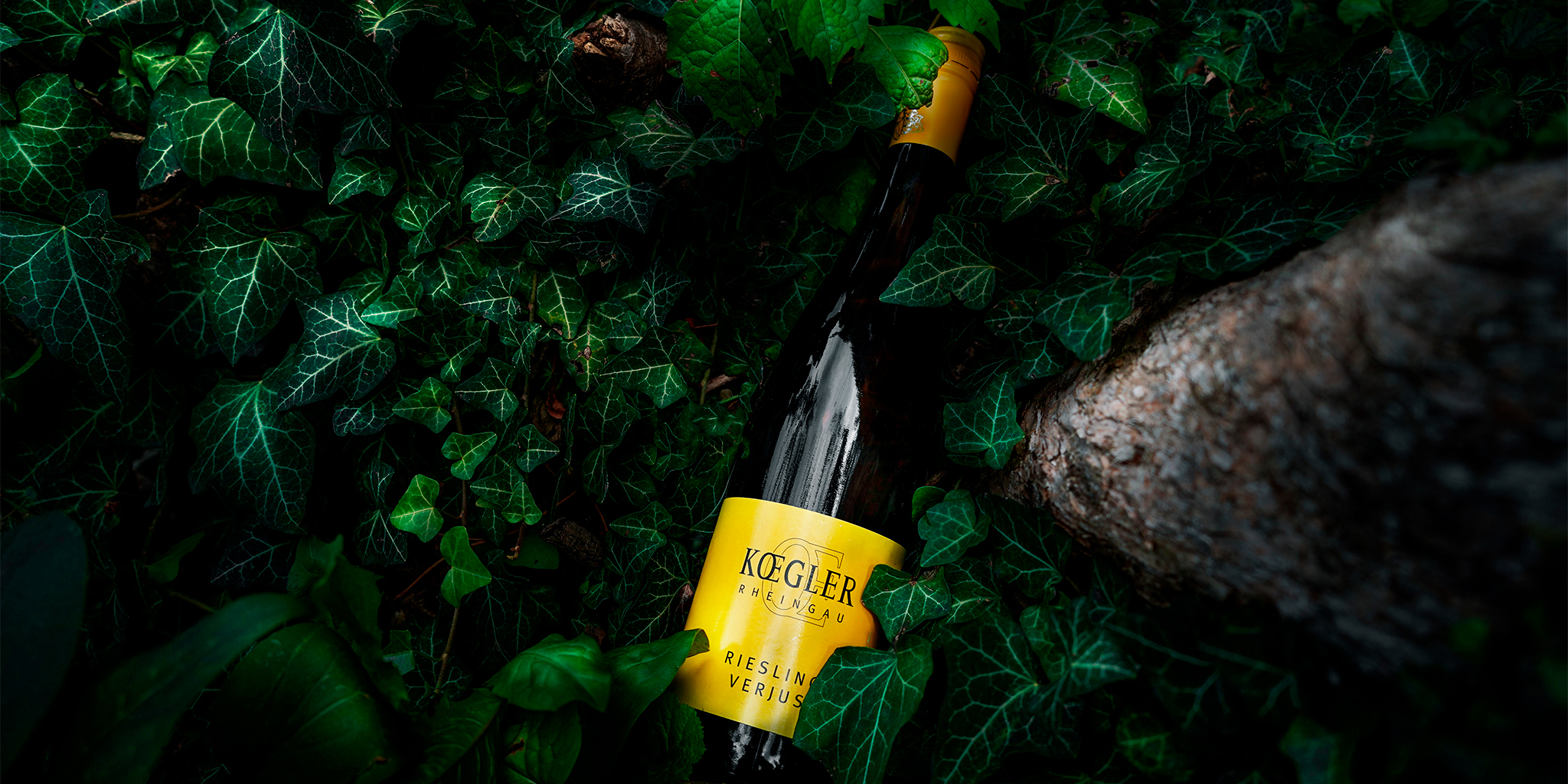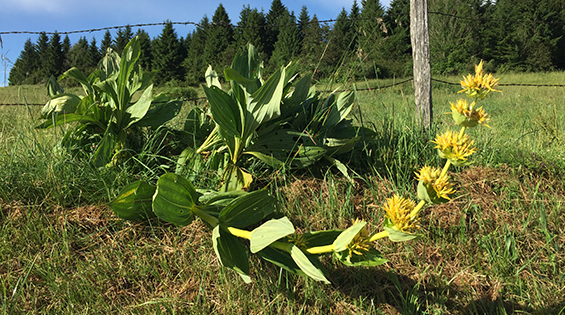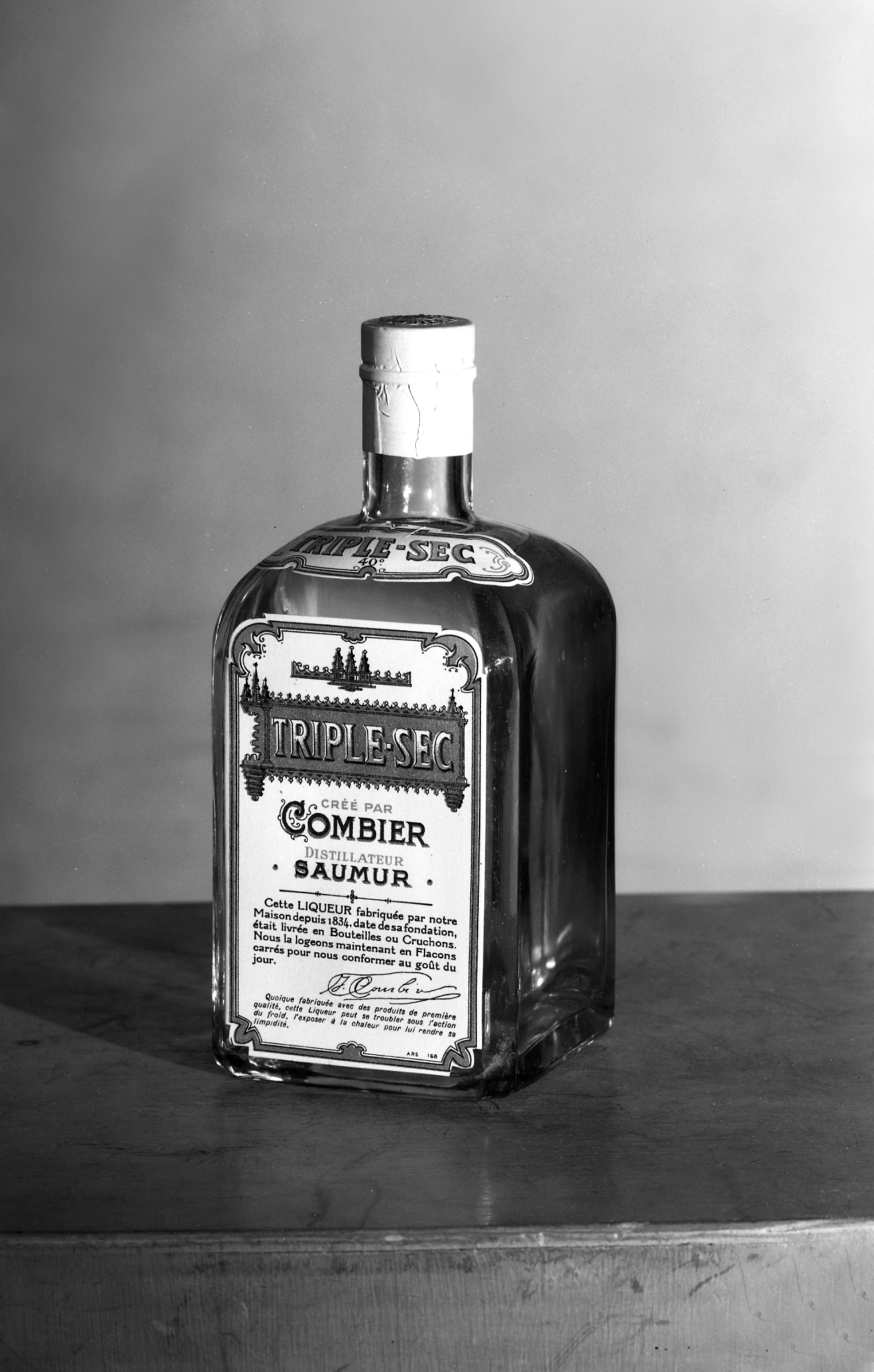Distillation plants and distilling processes Part 1 - The pot still process

Some time ago we discussed the burning rights in Germany and the production here on the Lion Spirits blog of distillates. Especially in southern Germany there are still many severance pay distilleries and properties that have a distilling right.
The firing process is a science in itself and the choice of the right still determines the success of a product.
In short, distillation is the separation of water and alcoholic solutions. This is relatively easy, since alcohol boils at 78°C and water only at 100°C. This is actually the most important thing that happens in a distillation plant, but the result is influenced by various factors and can range from undrinkable spirit to harmonious and soft brandies.
The decisive factors include: the type of still, the way the mash is heated and the number of distillation processes.
Today we would like to take a look at different combustion systems and explain the combustion processes involved.
Many burners swear by systems from a certain manufacturer because they have special properties. However, the following is not about the different manufacturers, but about a general overview. The firing system selected also specifies the firing process, or depending on which firing process is to be used, the correct system must be selected.
The most common combustion processes are the column still and the pot still. Roughly speaking, these processes are divided into continuous and discontinuous combustion processes. As the name suggests, the continuous process is a firing process that runs uninterrupted and continuously. New mash is continuously introduced into the column still.
Discontinuous firing is understood to mean firing using the pot still method, since no further mash can be added to the boiler during the firing process and permanent operation is therefore not possible.
This first part of the excursion into the world of stills is about the method of the pot still process.
Pot still firing process: discontinuous firing
For this method, pot still firing systems are used ;style used, which are mostly made of copper. The process owes its name to the stills, which have expansive stills and close together at the top, therefore reminiscent of a pot. The size of the still varies from still to still and depends on the amount of alcohol to be produced and the amount of mash available.
You can work with direct or indirect heat here. Direct heat means the source of heat is a flame placed directly under the still. The heat from the heat source can directly heat the mash contained in the still. The disadvantage here is that the heat is very punctiform and concentrated on one part of the still. This can result in the mash not being heated evenly or burning in some places. In the case of distillation with indirect heat, a water bath is usually heated in order to either place the still directly in the water bath or only direct the water vapor under the still.
This method is gentler and gentler because the mash is heated more evenly and it also prevents the mash from burning.
After the mash has been heated to the appropriate temperature (approx. 78°C), the alcohol vapor rises through the "swan neck" typical of this type of still into the condenser. ;
There, the vapor is cooled down, converted from a gaseous state back into a liquid, and then exits as alcohol. The end product consists of a pre-run, the fire and the after-run. Pre-run and post-run should not be drunk as they still contain toxic substances such as methanol, acetaldehyde and ethyl acetate.
In order to obtain high-quality and fine spirits, two pot stills are usually connected in series to double-distill the spirit. In this way, spirits with finer aromas and a higher alcohol content can be produced. With this method, one speaks of the raw brandy boiler and the fine brandy boiler. The shape of the raw brandy boiler also influences the aroma and taste of the end product. If the raw distillate is long and slender, you get a soft distillate. If, on the other hand, the raw brandy kettle is rather short and squat, you get a strong and intense end product.
Gin production uses a flavor basket in the still port. The botanicals are in the metal basket. The basket is hung in the middle of the firing port - above the mash. As the alcohol vapor rises, it penetrates the basket and absorbs the aroma of the botanicals. This method helps to release the aromas from the botanicals more gently and thus leads to a fine, nuanced end product.
Due to the discontinuous firing process, the pot still process is only suitable for mass production to a limited extent, because the still has to be emptied and cleaned after each firing process. Due to the high workload, the column combustion process is usually used in the industrial production of alcohol. In the next week we will take a close look at why the column still has established itself and become established in the production of large quantities of alcohol.
About the differences in distillation and the construction of stills. Distillation systems play a central role in the production of spirits. The type of still determines which method of distillation must be used.
April 27, 2016
Lion Spirits GmbH
Burning knowledge spirituosen, brennanlagen, pot still verfahren, destillation
Burning knowledge spirituosen, brennanlagen, pot still verfahren, destillation


